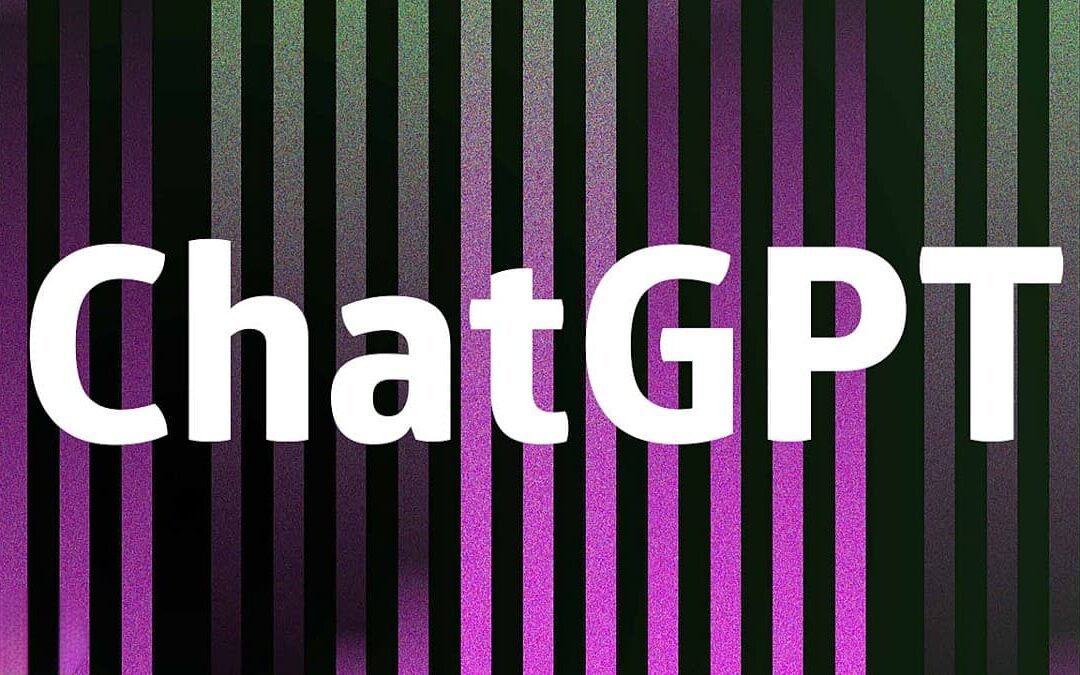What is Chat GPT, and How Does It Work?
May 8, 2023 | Helpful Tips, Industry News

Chat GPT is all the rage right now, gaining popularity steadily since its launch in November 2022. We've all heard of it, but do we know what it is? What exactly does it do? And how does it work?
In a nutshell, Chat GPT is an artificial intelligence (AI) content generator that semi-autonomously creates phrases and articles based on user input. You tell it what you want it to write, and it generates the content on its own, including creating long-form content with minimal user input. All you do is give it some guidelines, and it does the rest.
But rather than us explaining all about Chat GPT, we'll let Chat GPT tell you about itself.
We logged into the Chat GPT site and typed in the simple criteria "Write a 500-word article explaining Chat GPT, what it is, and the best ways to use it."
Here's what it produced:
Chat GPT (Generative Pre-trained Transformer) is a state-of-the-art natural language processing model developed by OpenAI. It uses deep learning algorithms to generate human-like responses to text-based prompts, making it an incredibly useful tool for chatbots, virtual assistants, and other conversational interfaces.
Chat GPT is pre-trained on vast amounts of text data, which allows it to generate responses that are contextually relevant and grammatically correct. The model is also designed to be fine-tuned on specific tasks, such as customer service or technical support, so it can learn to generate responses that are tailored to a particular domain.
One of the best ways to use Chat GPT is to integrate it into a chatbot or virtual assistant. These conversational interfaces can be programmed to respond to user queries and provide assistance in a variety of contexts, from customer support to personal productivity. Chat GPT allows chatbots and virtual assistants to generate natural, human-like responses that can help users feel more engaged and satisfied with the interaction.
Another way to use Chat GPT is to generate text content, such as articles, product descriptions, or social media posts. The model can be trained on specific topics or styles of writing to produce text that is relevant and engaging. This can be particularly useful for businesses that need to generate large volumes of content on a regular basis.
Chat GPT can also be used for language translation and summarization. The model can be trained on multiple languages, allowing it to translate text from one language to another while preserving the meaning and tone of the original text. Similarly, it can be used to summarize long documents or articles, making it easier for users to quickly understand the key points.
To get the most out of Chat GPT, it's important to train the model on high-quality data that is relevant to the task at hand. This can involve collecting and cleaning large amounts of text data, or using pre-existing datasets that are available online. The model can then be fine-tuned on specific tasks or domains, using techniques like transfer learning to speed up the training process.
It's also important to evaluate the performance of Chat GPT regularly, to ensure that it is generating high-quality responses and meeting the needs of users. This can involve collecting feedback from users, monitoring key performance metrics, and making adjustments to the training data or model architecture as needed.
In conclusion, Chat GPT is a powerful natural language processing model that can be used in a wide range of contexts, from chatbots and virtual assistants to content generation and language translation. By training the model on high-quality data and fine-tuning it for specific tasks, businesses can leverage Chat GPT to improve customer engagement and productivity, while also saving time and resources.
It took Chat GPT approximately 15 seconds to write everything above. We did not edit anything Chat GPT wrote. What you see is exactly what it generated. Impressive, yes? It's amazing what technology can do nowadays.

Chat GPT is pretty darn smart and generates great content, but it's not without its limitations and concerns. For example, the AI engine is designed to produce content that Google can quickly find, called Search Engine Optimization or SEO, but can be stilted and hard for people to read because it's so focused on keyword ranking and not enough on word flow for human consumption. A quick grammar check on the above revealed a few phrases that were not technically incorrect but would have been easier to read if rephrased in a more conversational tone.
Several educational institutions have banned Chat GPT from use on papers and research projects because of potential legal issues. Publishers and online content creators are also considering how to tackle similar concerns.
Clearly, the world of AI is growing, with new engines and expanded capabilities rising up all the time. Will Chat GPT or another AI content generator replace writers? It's unlikely to happen anytime soon. But it is a good tool to help create great content.
- AI
- Artificial Intelligence
- Content Generation
- Chat GPT



